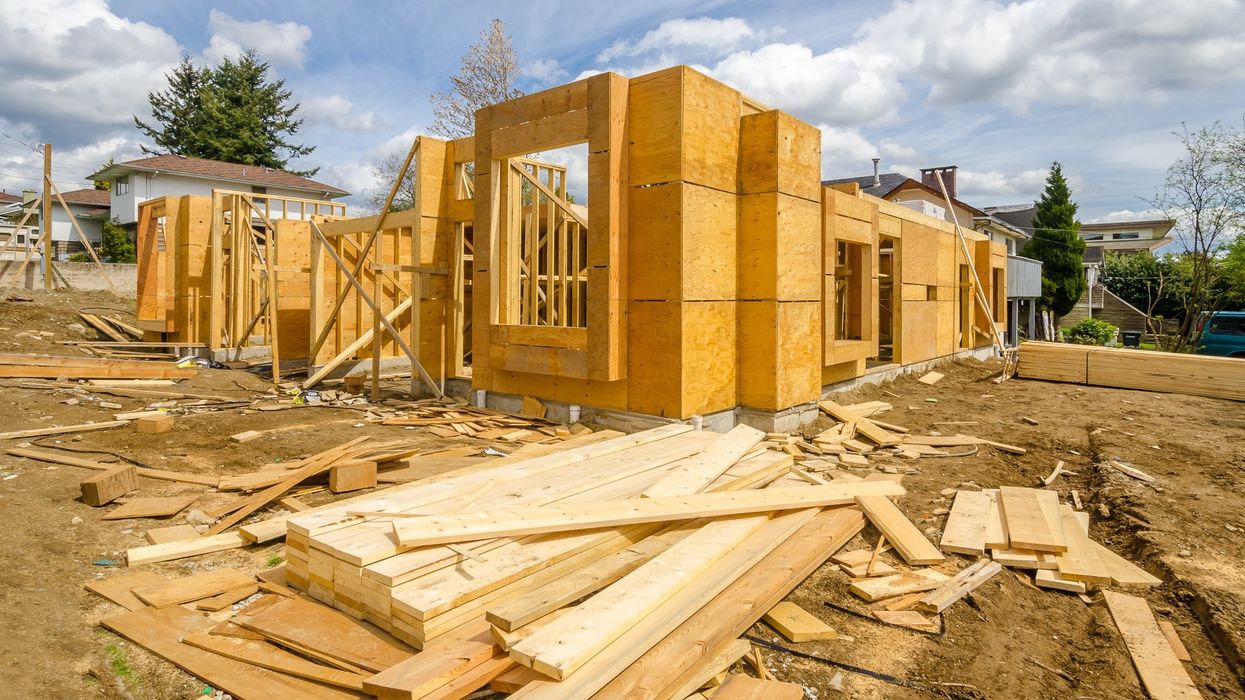Let me get straight to the point.
We are well aware that housing approvals take too long, that taxes and other fees on new homes are too high, and that we lag other jurisdictions in the time it takes to get shovels in the ground.
In Toronto, for example, it takes 908 days or two and a half years for site plan approval, up from 21 months two years earlier, and 713 days or nearly two years for a zoning bylaw decision. Presently, the city ranks last among 20 Canadian cities in terms of speed for approvals.
Such lengthy wait times only add to the cost of new housing, which is passed on to buyers. Each year of delay adds 8-14% in construction-related costs on a project.
With the issue of housing supply and affordability at a critical stage, it is high time these problems were addressed. Lack of housing is a drag on our economy and is causing many people to leave our cities in hopes of finding greener pastures and cheaper housing elsewhere.
Inaction is simply unacceptable. We must quickly find a way to turn the corner on the crisis.
There have been some positive steps taken as governments appear to have heard the clarion call for more housing.
In Ontario, the provincial government has signaled that another housing bill will be coming soon that will be very aggressive. A housing tracker shows that 109,011 new homes were created in 2023 – 99% of the target of 110,000. The figure includes 9,835 long-term care beds.
In B.C., the government has passed housing legislation that will allow taller apartment structures near SkyTrain stations and relaxed zoning in cities with more than 5,000 inhabitants to allow three to six housing units in areas currently zoned for single-family homes.
The federal government has also done an about-face on its earlier position that housing isn’t a primary federal responsibility as it is now looking at reforms on how to leverage federal lands for housing.
There have been various steps forward. Some progress has been made but not enough to significantly turn the dial.
Red tape and bureaucracy continue to plague our housing system. The development approvals process is too slow and needs to be digitized and streamlined. Taxes, fees, levies and development charges also need to be reduced in order to bring down the cost of housing.
The labyrinth of planning layers remains a perennial problem. A main reason for widening housing unaffordability in the Greater Golden Horseshoe (GGH) over the past 20 years is the introduction of additional planning layers to municipalities, according to a study published recently by the Centre for Urban Research at Toronto Metropolitan University. The study looked at the GGH and Ottawa and found that multiple tiers of government in the GGH leads to the imposition of additional planner layers in the Toronto area but not in metropolitan Ottawa.
The bottom line?
Construction is more costly. Having more planning layers also lengthens the timeline for getting shovels in the ground on projects which means that supply is slow to come on stream.
Government charges on an average condo in the 416-area code have risen substantially in the last decade – to $80,000 in 2023, from $23,000 in 2013 – a 248% increase. HST has risen dramatically to $90,000 on an average condo in 2023, from $28,000 in 2013 – a 221% hike.
Cost and availability of land is another major impediment to housing. The residential construction industry has been criticized for land banking and sitting on parcels of property primed for housing. However, that matter seems to have been put to rest with a report that was released recently by development consultancy firm Keleher Planning & Economic Consulting Inc. for groups representing the building and land development industry in Ontario.
The amount of land available for housing has been considerably overstated. The Regional Planning Commissioners of Ontario indicated the number of lots ready for construction is presently about 1.25 million. However, the number is really 331,600 – well shy of the original figure.
According to a separate report by the Canadian Centre for Economic Analysis on the effects of housing unaffordability, there is considerable upside to bringing down the cost of housing. For example, eliminating unaffordability across the entire Canadian economy would result in a $22B annual increase in GDP, 189,000 additional jobs, and $5Bn in tax revenues.
The housing supply and affordability crisis is not irreversible, by any means. But it has been choked and taxed to death, and it takes too long to get projects under way. We must apply more fixes.





















